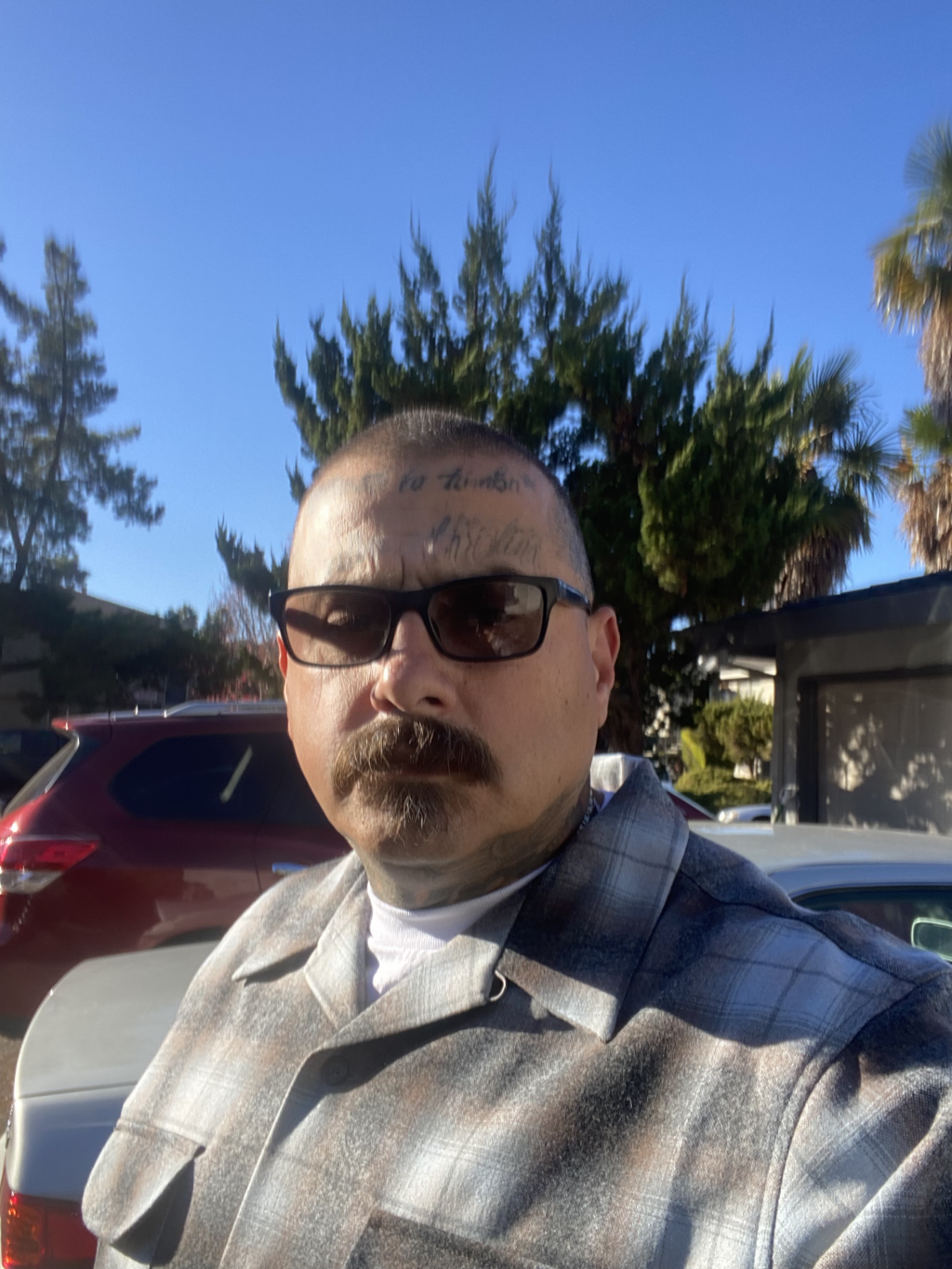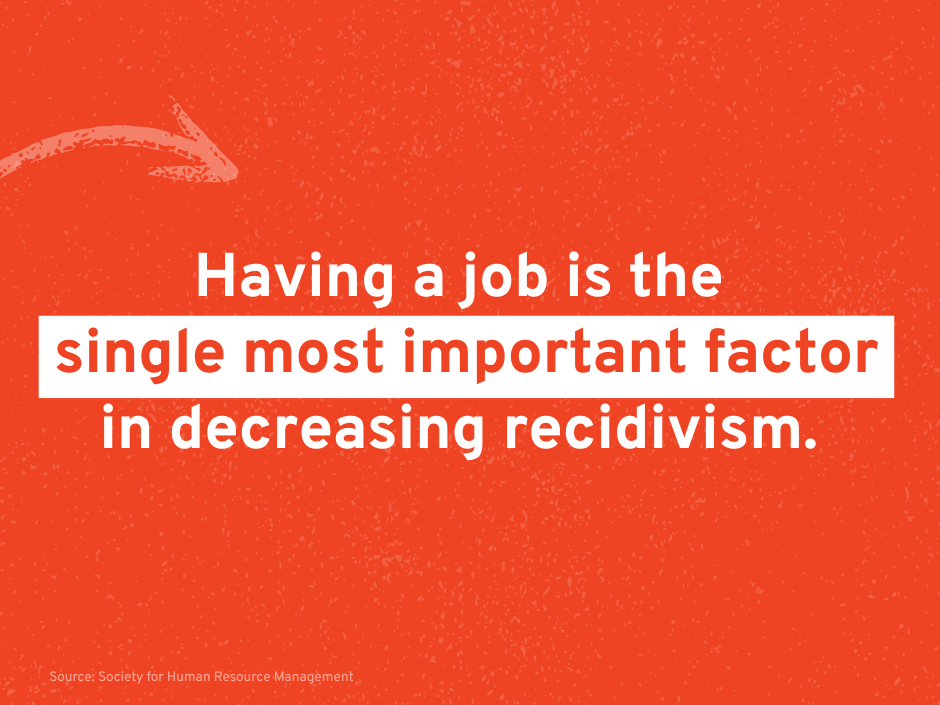In a powerful speech at Stanford University in 1967 on “The Other America,” Dr. Martin Luther King Jr. rang an alarm bell:
“But we must see that the struggle today is much more difficult because we are struggling now for genuine equality. It’s much easier to integrate a lunch counter than it is to guarantee a livable income and a good solid job. It’s much easier to guarantee the right to vote than it is to guarantee the right to live in sanitary, decent housing conditions. It is much easier to integrate a public park than it is to make genuine, quality, integrated education a reality. And so today we are struggling for something which says we demand genuine equality.”
Illustrating just how hard it is, 53 years later, in an opinion piece in Sunday’s New York Times, Nicholas Kristof’s “Who Killed the Knapp Family” tells a nuanced, modern-day version of the same story. A too familiar story of decline in a previously thriving family and community.
Kristof has returned frequently to the rural, Oregon community where he grew up. The tale he tells unfortunately reflects many cities, suburbs and rural parts of America. He describes the fate of the five children of an average, hard-working family of the 1970s: two succumbing to early deaths due to illnesses related to drinking and drugs; another who burned to death in a house fire while passed out drunk; the fourth who blew himself up cooking meth. Only one survived – ironically in part because he spent 13 years in prison.
Kristof goes on to try to get to the root causes. He cites these issues: (1) well-paying jobs disappeared; (2) there was an explosion of opioids; (3) the war on drugs sent parents to jail in large numbers. While we can cite larger forces that led to this – technological change and globalization – domestic policy choices also paved the way.
The country embraced mass incarceration and the war on drugs, did not do enough about the deterioration of schools in poor communities, and did not develop widespread, effective job training programs; all with particularly devastating impacts on communities of color, and people living in inner cities and rural areas.
Dr. King was a man of action, not just analysis. And Kristof notes that there are a host of actions we can take to reverse these trends. He explains that when Detroit area autoworkers were laid off during the economic crisis of 2008/2009, the US chose to provide extended unemployment benefits, whereas across the border, Canada emphasized job retraining and no one had to worry about health insurance. The outcomes were better in Canada. In Detroit, things did not go well. He tells many other stories of the positive impacts of investments in ‘human capital’ programs at the community level – job training, drug treatment, et. al.
But he notes that while individual programs are changing the lives of many individuals, they are largely backed by relatively modest investments of private philanthropies, and sometimes limited local government support. To achieve results at scale requires the level of pooled resources and forceful prioritization by the government.
REDF and the 201 employment social enterprises we have worked with across the US represent a mighty set of evidence-backed programs focused on ‘human capital’ that have bubbled up from local communities and people most affected, that have taken their experiences and frustration with existing systems to create something new and better – as so many of the best initiatives in the US do.
Much of this effort has been funded not by government but by foundations and philanthropists. Because social enterprise generates revenue from the sale of products and services that are reinvested in the business to serve more people, it requires less funding and is more sustainable. While there are many benefits to private resourcing, the question is how to knit together a more widespread, systemic response that would support not only individual programs by funding them and the evidence and learning required to strengthen program outcomes, but also address the larger forces Dr. King called out – a mix of racial and economic injustices – that inhibit success no matter how effective the program.
As just one example, 35% of the California adult workforce earns $15/hour or less – mostly in the growing service sector where a large number of workers are people of color and women – and housing prices have risen by about 60% just since 2012, while wages have risen by about 20%.
The mobilization of public will, public policy, and public resources – carrots and sticks – have to be part of the equation. And this is a daunting moment to do so with political partisanship at its zenith.
In his call to action, Dr. King noted that while “morality cannot be legislated, behavior can be regulated.” And he made one of his most famous statements, “In a real sense, we are all caught in an inescapable network of mutuality, tied in a single garment of destiny.” The antidote to partisan gridlock.
At a moment when arguably the political battles were even more heated than they are today – the Vietnam War raged, and the most basic civil rights protections had only been codified a few years prior – Dr. King laid out the case for hope: “I still have faith in the future. And I still believe that these problems can be solved. And so I will not join anyone who will say that we still can’t develop a coalition of conscience.”
It is high time for all of us to call for that “coalition of conscience.” Our America can certainly provide everyone a good, solid job, decent housing and education. Now that would be a fitting 91st birthday present for Dr. King.



